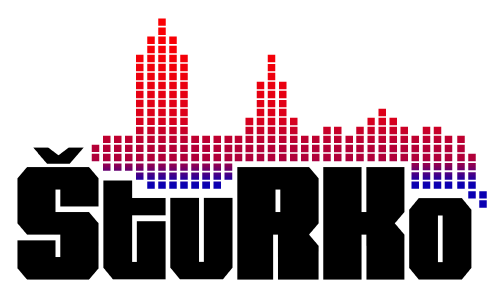gilent 6538 Ultra High Definition Accurate Mass Q-TOF mass spectrometer is designed to provide superior data quality and advanced analytical capabilities for profiling, identifying, characterizing, and quantifying as low molecular weight compounds as biomolecules with greater confidence. With 5 orders of in-spectrum dynamic range improves detection of trace level targets in the presence of high abundance compounds. Its 40 000 mass resolution capability and fast scan speed distinguishes target analytes from interferences. The Q-TOF MS/MS is unique in its ability to give accurate mass measurements of the fragment ions that are ejected from the collision chamber, which give a high assurance of correct identification of unknowns, as well as an empirical formula of fragment ions. It is coupled to HPLC separation model (Agilent Technologies 1260 Infinity) with capillary and nano pump, which separate peptides before they enter the mass spectrometer. Thanks to special software the data measured are compared with protein databases and final protein identification is achieved.
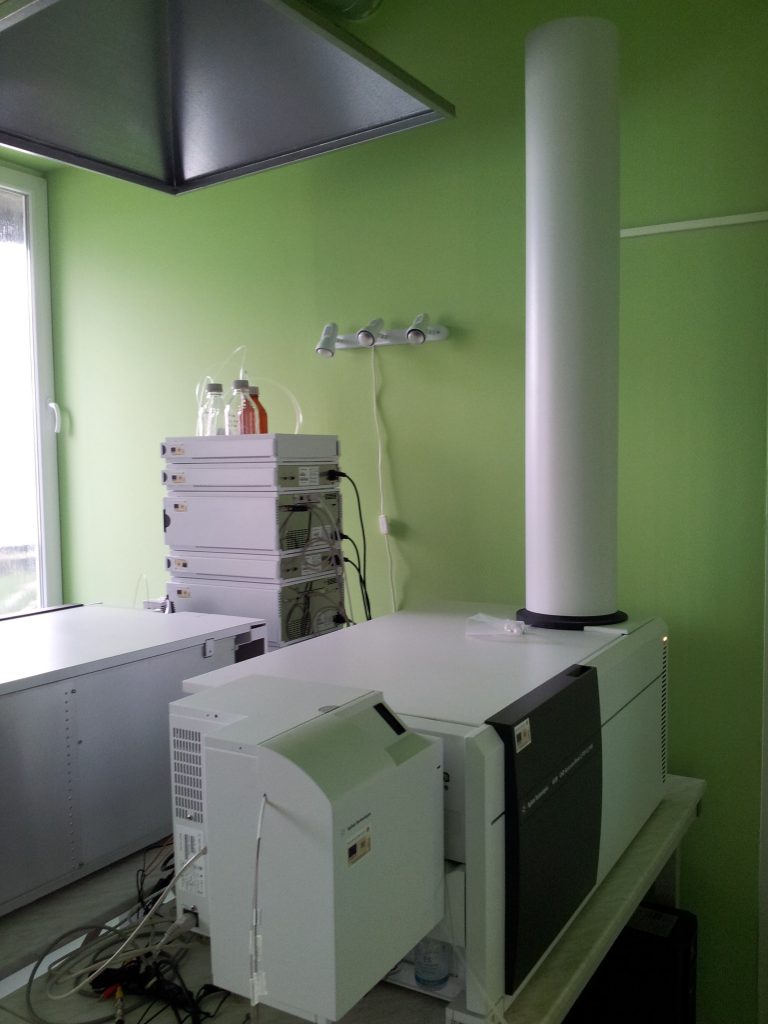
Picture 1 Agilent 6538 Ultra High Definition (UHD) Accurate-Mass Q-TOF.
Agilent 6460 Triple Quadrupole (QQQ) mass spectrometer is designed for quantitative applications in pharmaceutical research, biomarker validation, clinical research, food testing, forensics, toxicology, and environmental analyses. Ionisation process is based on Jet Stream technology which dramatically increase sensitivity and reliability for trace level analysis and a wide range of challenging applications. It is able to measure masses in the range of 5 – 3 000 Da. It is preferably used for quantification of measured analytes. Thanks its MRM mode (multiple reaction mode) it can focus to selected ions of interest and its products and so estimate its amount as good as monitor the decrease or increase of the level of monitored protein. It is suitable for monitoring of the expression of selected proteins during treatment therapy. Also if there are some ,,small” molecules involved in cell communication, the QQQ has excellent performance in their quantification – metabolomics analysis. In our laboratory QQQ is coupled with HPLC separation model (Agilent Technologies 1260 Infinity), which is also used together with Fraction collector (Agilent Technologies 1260 Infinity) for peptide separation on SCX column prior mass analysis (Picture 2).
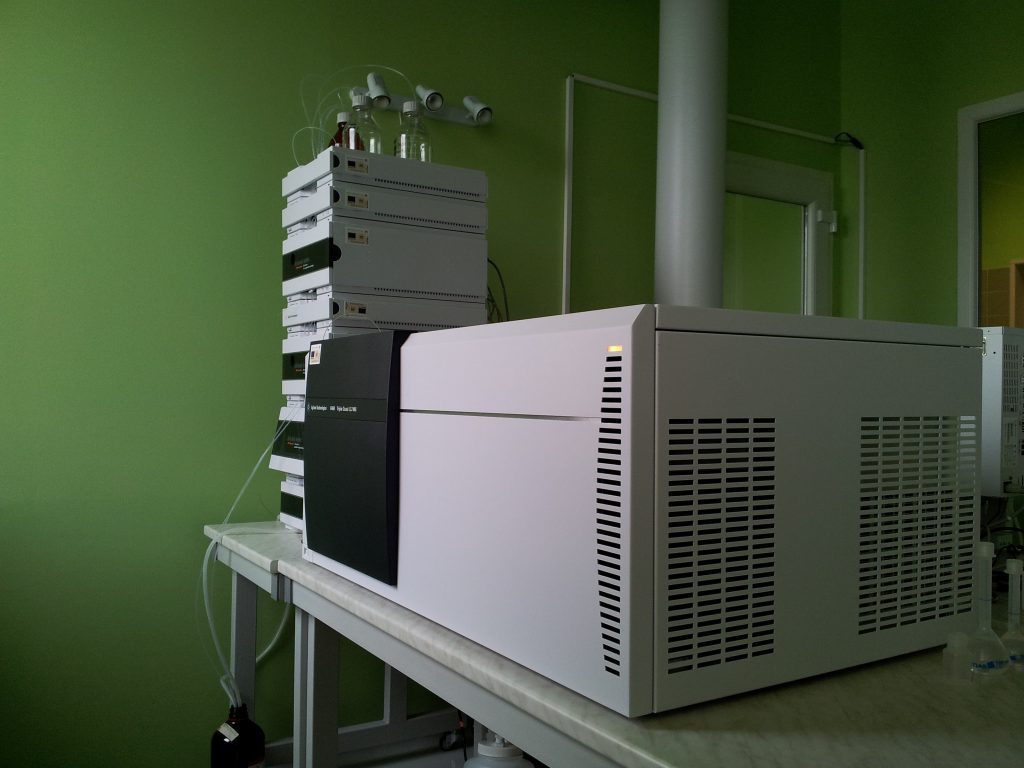
Picture 2 Agilent 6460 Triple Quadrupole (QQQ) with HPLC system.
Bruker UltrafleXtreme MALDI-TOF/TOF – employ Matrix-assisted laser desorption/ionization (MALDI), which is a soft ionization technique allowing the analysis of biomolecules (biopolymers such as DNA, proteins, peptides and sugars) and large organic molecules (such as polymers, dendrimers and other macromolecules), which tend to be fragile and fragment when ionized by more conventional ionization methods. Thanks the combination of 2 kHz speed in TOF mode and 1 kHz in TOF/TOF mode together with ultrahigh performance and extreme flexibility it is suitable mass spectrometer for a broad variety of complementary research, clinical and applied proteomics applications. The well-established proprietary smartbeam laser provides unprecedented analytical and matrix flexibility in workflows from protein tissue imaging, intact proteins analysis, glycoproteomics to LC-MALDI proteomics which are fully enabled at 1-2 kHz repetition rates. The high efficiency and sensitivity of the LID-LIFT process delivers MS/MS spectra with nominal mass resolution for peptides. As a result, proteins can be identified with high confidence with unmatched ease. It is used in off-line connection with nano HPLC separation model with fraction collector PROTEINEER fc II. This collects samples separated on nano- and capillary-LC systems directly onto the MALDI target automatically. As an option, a supporting liquid (e.g. matrix solution) can be added directly to the LC-flow prior to deposition onto the MALDI target via sheath flow (Picture 3, 4).
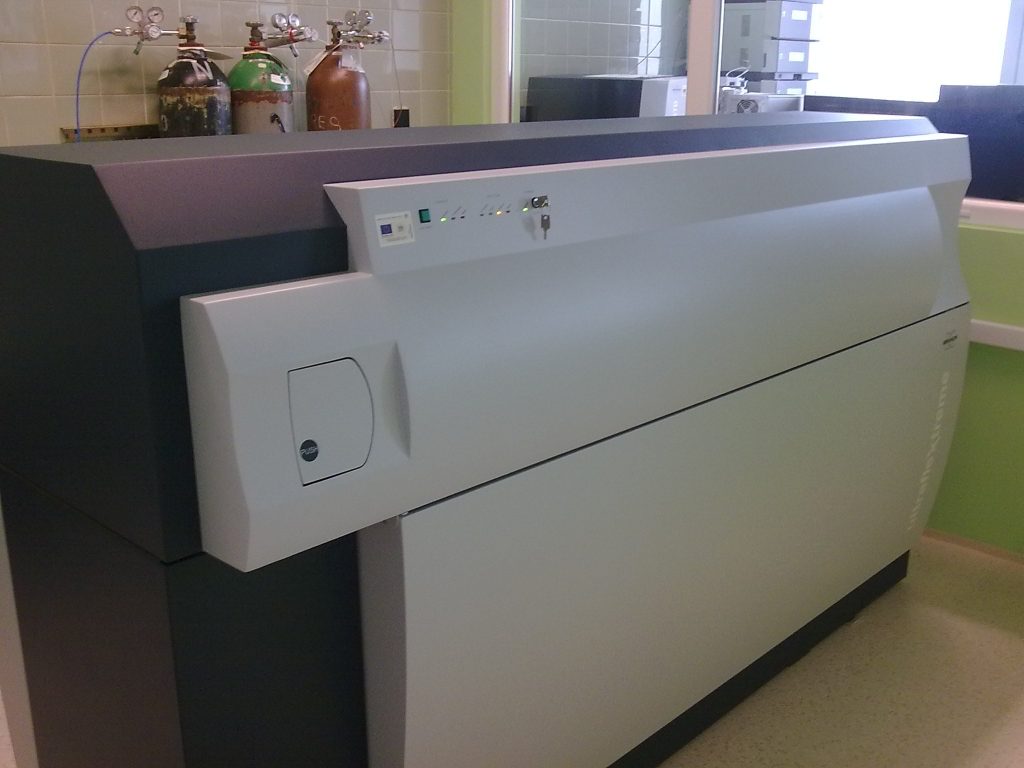
Picture 3 Bruker UltrafleXtreme MALDI-TOF/TOF.
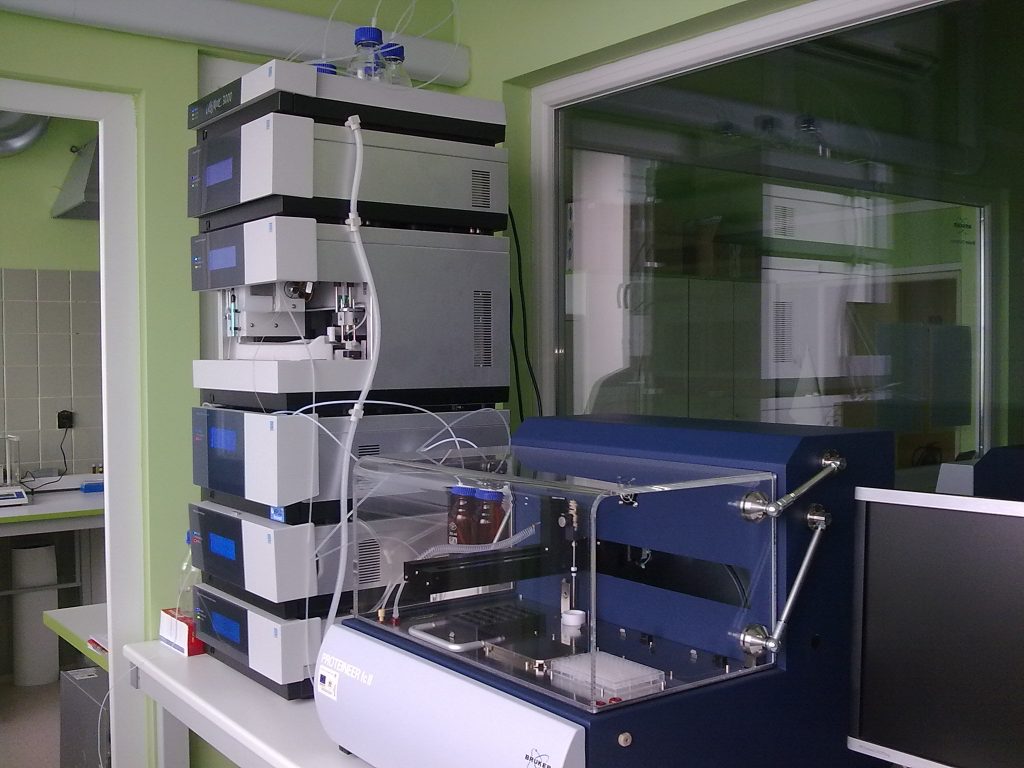
Picture 4 Nano HPLC system Dionex UltiMate 3000 RSLC in on-line connection with fraction collector Bruker Proteineer fcII.
Bruker Amazon speed ETD – Ion trap – is the mass spectrometer with the high dynamic range designed perfectly for monitoring of translational modifications to capture as many peptides as possible. Its specific fragmentation pattern makes it an instrument of choice for the detection of other modifications. The versatility of amaZon ion trap instruments makes them suitable also for intact protein analysis of small to medium size. By utilizing the powerful combination of Electron Transfer Dissociation (ETD) and Proton Transfer Dissociation (PTR), fragments with up to 8+ charges can be resolved and subsequently de-convoluted at the amaZons’s excellent mass resolution of 30,000. AmaZon speed ETD identifies proteins over at least 5 concentration levels in a single run. The unique feature of the ion-trap MS/MS is its ability to do MS to the n, which typically is MS3 or MS4 for most unknowns. It is very efficient MS/MS system, especially for peptides. Comparing to other analysers it can trap only a limited number of ions at one (Picture 5).
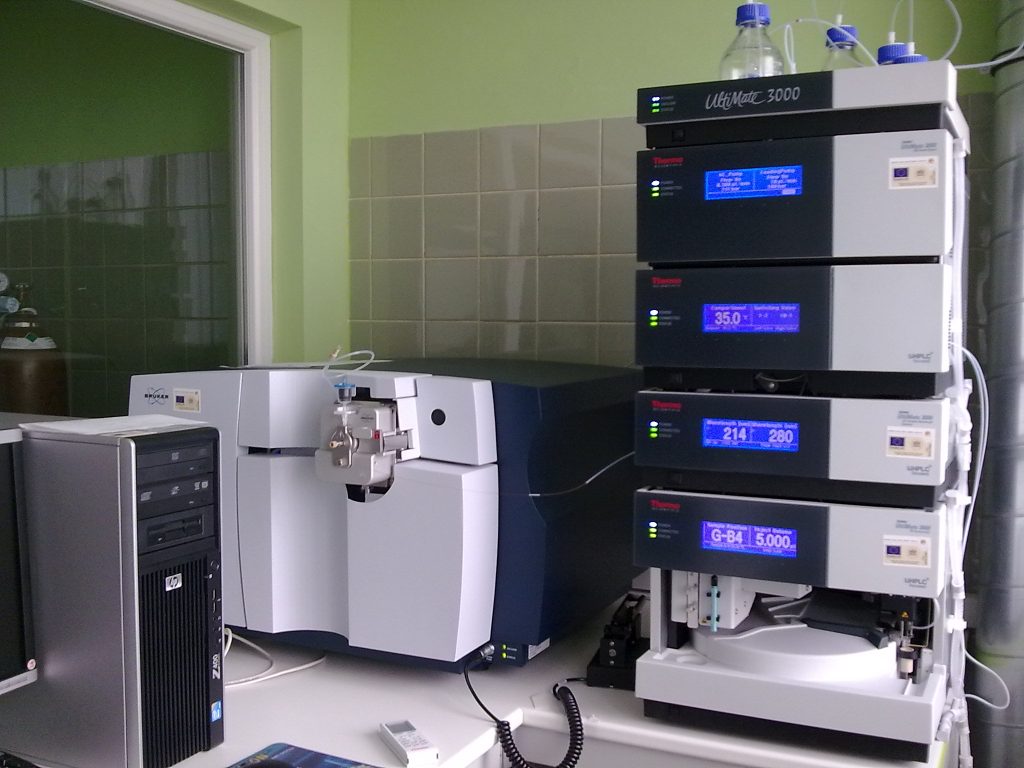
Picture 5 Bruker Amazon speed ETD – Ion trap in on-line connection with nano – HPLC system Dionex UltiMate 3000 RSLC.
Ultracentrifuges are used for isolation of proteins, subcellular organels, mitochondria, nucleus and also enables gradient separation. Currently the department of medical and clinical biophysics have 4 ultracentrifuges, namely OPTIMA MAX-XP, Optima L-100K, Avanti J30l and Allegra 64R.

Picture 6 Ultracentrifuge OPTIMA MAX-XP, Optima L-100K, Avanti J30l and Allegra 64R
SpotCutter and imaging system EXQuest BioRad, is used for spot visualization and robotic cutting of spots from the gel.

ACEA Biosciences, Inc., xCelligence RTCA DP instrument uses noninvasive electrical impedance monitoring to quantify cell proliferation, morphology change, and attachment quality in a label-free, real-time manner. The instrument is placed in a standard CO2 cell culture incubator and is powered and controlled via a cable connected to the control unit (a laptop computer) housed outside the incubator.

3dhistech Kft. Pannoramic Desk Scanner a high resolution image viewer aimed at medical and biological professionals. This software lets you view digital slide samples from 3DHISTECH digital slide scanners on any PC device. You can see your virtual slides anytime, anywhere and use it with consultation with another laboratories as well as at education processes.


Nikon Eclipse Ti-E., a powerful inverted microscope system that provides instant access to as TIRF ( (total internal reflection fluorescence), confocal, FRET (Förster (Fluorescence) Resonance Energy Transfer), photoactivation and microinjection. The Eclipse Ti-E offers improved system speed, increased flexibility and efficient multi-mode microscopy as part of a fully-integrated microscope system that is ideal for high-end research and live cell imaging. The Ti-E is equipped with a unique Perfect Focus System (PFS) that automatically corrects focus drift in real time during a prolonged period of time-lapse imaging. Focus drift resulting from a temperature drop when reagents are added is instantaneously corrected and the rapid change of cells can be captured. The operational speeds of motorized components such as the nosepiece, fluorescence filters and stage have been greatly enhanced, allowing high-speed screening image capture during multi-dimensional experiments.

AGILENT 3100 OffGel Fractionator – Prefractionation of proteins and peptides prior to LC/MS analysis can dramatically increase the number of proteins ultimately identified. The Agilent 3100 OFFGEL Fractionator uses a novel isoelectric focusing technique to achieve excellent pI-based fractionation with high reproducibility. The resulting fractions are in solution, making recovery for LC/MS analysis much easier than with traditional gels.

GentleMACS Dissociator – separates cells binded with magnetic beads from un-labeled cells. MACS MicroBeads are small and do not activate cells or saturate cell surface epitopes. Additionally, they are non-toxic and biodegradable. Unlike larger beads, the nano-sized MACS MicroBeads do not need to be removed for downstream applications. MACS MicroBeads are always in suspension, allowing fast binding kinetics and short labeling procedures. Always count on superior quality and lot-to-lot consistency provides pre-set profiles for specific tissue types and allows semi-automated workflows for a lower sample thoughput. Separator is accompanied with dissociator. The device operates with different preset methods according of homogenised material and prepare single-cell suspensions with high cell viability and minimum unwanted material .

Planer Kryo 560-16 – is rugged and reliable controlled rate freezer, with a top opening chamber, a lid that is warmed to prevent freezing shut at cryogenic temperatures plus the unique forced laminar flow pattern ensuring excellent temperature control in all phases of the protocol. Planer’s MRV Controller system offers multiple protocol availability. The -180oC end temperature ensures sample integrity during transfer to storage at liquid nitrogen temperatures whilst the flexibility of the system, including protocol stage transition based on sample or chamber temperature or time, is ideal for the more demanding protocols associated with advanced cryo-preservation techniques.





